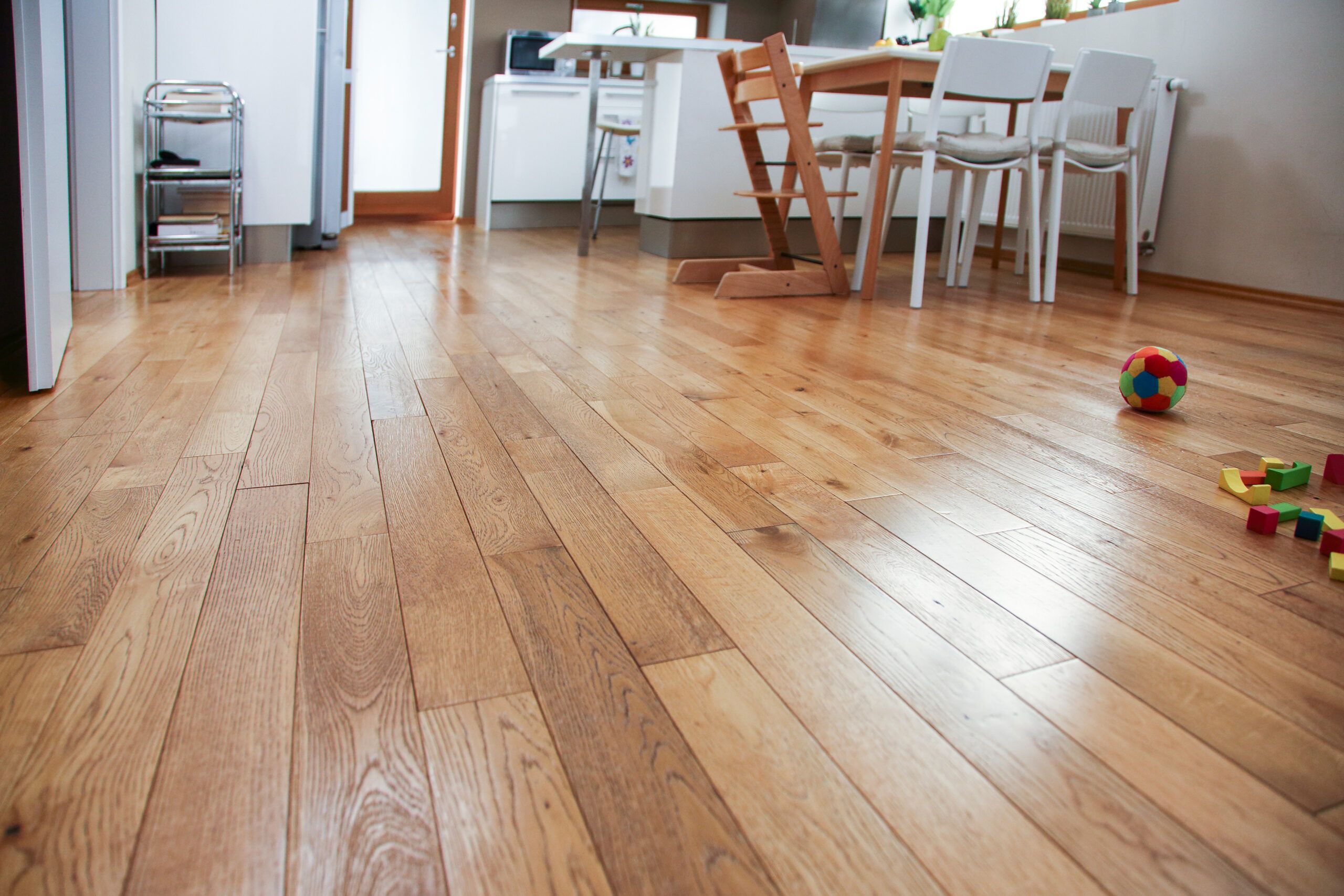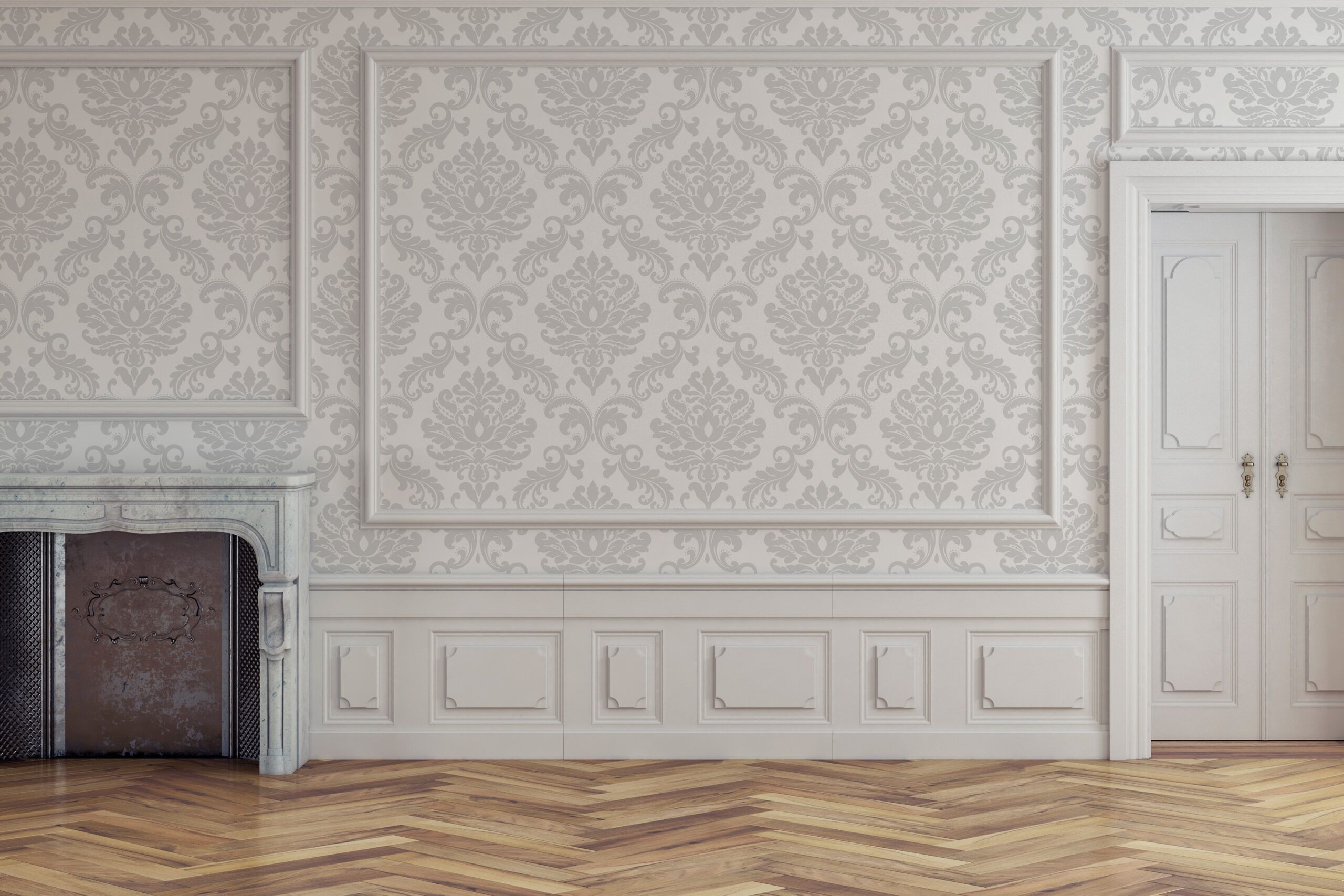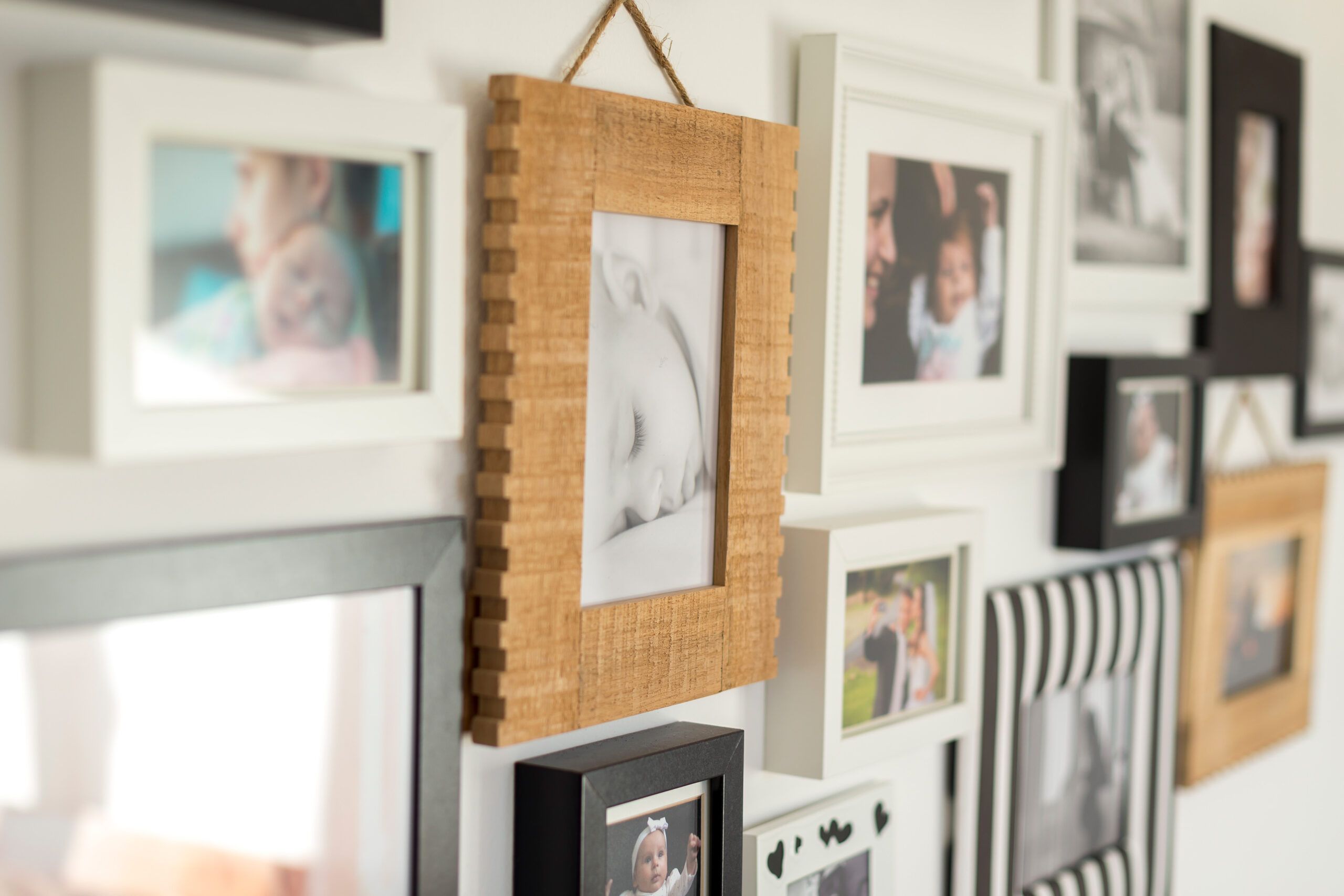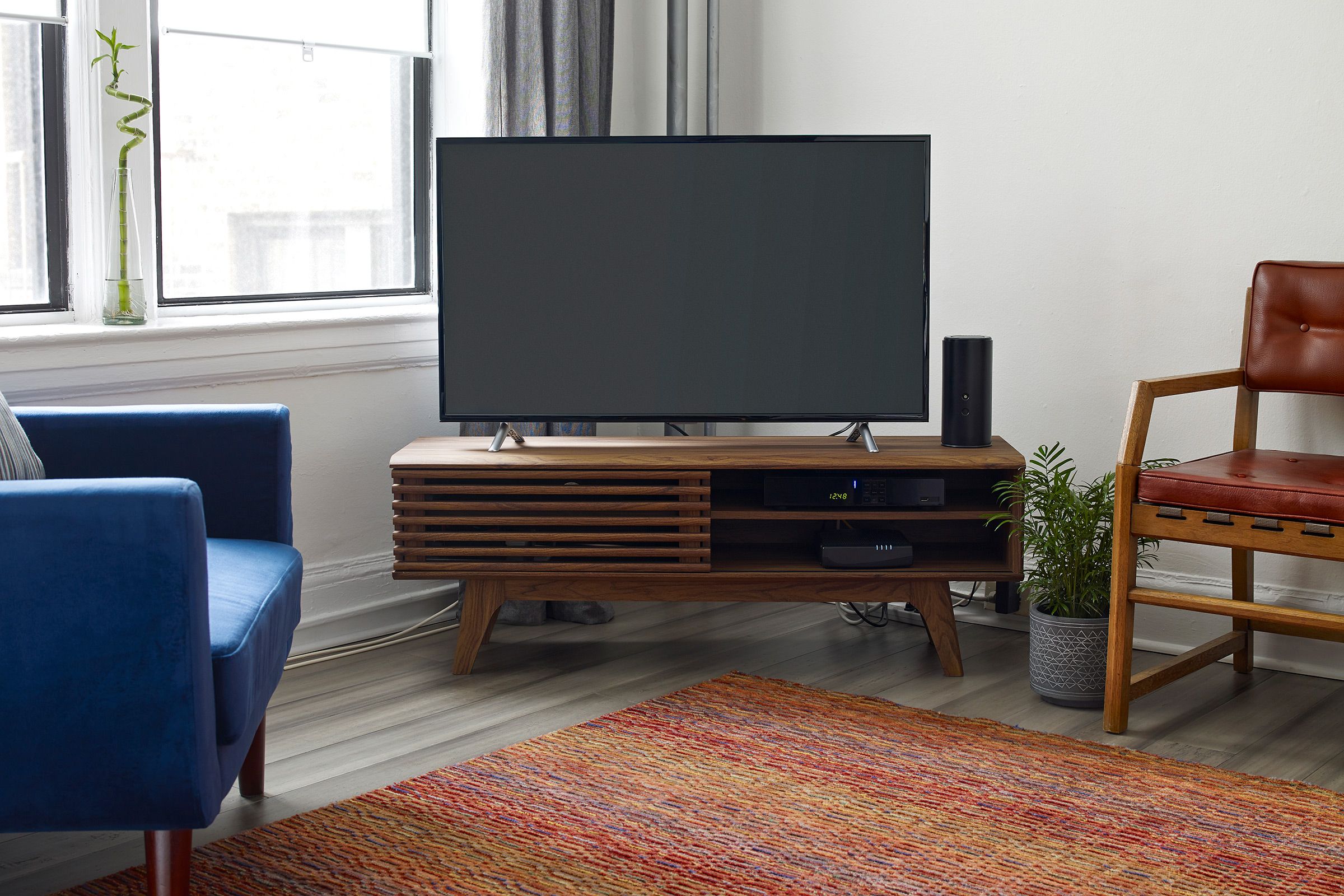Low indoor humidity can wreak havoc on your home, damaging your furniture and creating dry, itchy air. In this guide, we’ll discuss which of your belongings can be damaged by low humidity and how to fix the problem.
Home Items Ruined by Low Humidity
Low humidity can damage a broad range of household items, including wood, paper-based items, electronic devices, textiles, and leather.
Wood Furniture

Wood swells and shrinks as humidity levels rise and fall. Contracting wood can produce cracks and faulty furniture joints. Learn how to care for your items by watching our video on how to stain and finish wood furniture.
Books

Paper changes as it gains and loses water, resulting in flaking ink and warped covers. If book pages start looking dry, brittle, and misshapen, it could be from lack of moisture.
Wood Floors

Dry air can lead to bent boards and gaps between planks. Mitered corners can shift and separate as wood expands. Fix existing damage by watching Tom Silva fill gaps in a wide-plank wood floor.
Wine

Low humidity can turn that bottle of wine you’ve been saving into swill before it ever makes it to your glass. Dry air can desiccate corks, causing them to crack, shrink, and let in wine-ruining air.
Musical Instruments

Feel free to blame that out-of-tune sound on low humidity levels. Plus, contracting wood can lead to cracks or failed glue joints in wood instruments like violins, pianos, and guitars.
Walls and Wallpaper

Low humidity levels may cause cracks and separation between layers in porous materials like drywall and wallpaper. Start fresh by watching our video on how to strip wallpaper.
Stamp and Photo Collections

As with books, fluctuating humidity levels can leave postage keepsakes brittle and discolored. Older film photos are susceptible to flaking photo emulsion, and even recent digital prints can suffer from curled corners.
Wall Art

If you’ve been to an art museum, you may have seen what looks like a thermometer on the wall. That’s a hygrometer, which measures humidity. A lack of moisture can make paint so brittle it cracks, which is especially damaging for oil paintings on canvas.
Electronic Equipment

Low humidity levels can create static electricity and wreck the internal components of electronics like TVs, computers, and more.
Health Risks from Low Indoor Humidity
In addition to damaging your home and belongings, dry air can lead to various health issues, including the following:
- Dry, itchy skin
- Increased susceptibility to colds and respiratory infections
- Irritated eyes and nasal passages
- Static electricity shocks
- Worsened allergy and asthma symptoms
How To Measure and Monitor Indoor Humidity
Dr. Ted Myatt, ScD, a senior scientist at the University of Rhode Island, recommends keeping your home’s humidity levels between 40% and 60%. If your humidity levels drop below this, you can invest in a humidity monitor and prevent damage by strategically placing humidifiers throughout your home.
Types of Humidity Monitors
- Combination temperature and humidity monitors: These measure temperature and humidity simultaneously, giving you a comprehensive look at your environment. They’re affordable and easy to use but may be less precise. However, they’re good enough for most general use.
- Digital hygrometers: These are designed to specifically monitor humidity and can be more accurate than basic combination monitors.
- Smart home sensors with humidity tracking: These devices can sync with smart home systems like Google Home or Amazon Alexa and can be controlled or monitored through apps on your smartphone or other devices. They can send notifications or trigger automated reactions based on humidity levels, and they can often track additional data like air quality and CO2 levels.
Placement Tips for Accurate Readings
Take these steps to get the most accurate humidity measurements:
- Avoid areas near heat sources or air vents
- Place monitors at eye level in frequently used rooms
- Use multiple monitors for larger homes or multi-story buildings
Regular monitoring allows you to adjust humidity levels promptly when needed.
How To Fix Low Humidity in Your Home
Once you’ve identified low humidity issues, there are several ways to address the problem.
Whole-House Humidifiers
- Integrated with your HVAC system
- Provide consistent humidity throughout the home
- Require minimal maintenance once installed
Portable Humidifier Options
Portable humidifiers are versatile and easy to use:
- Allow for targeted humidity control in specific areas
- Can be moved to different rooms as needed
- Come in various sizes and types (ultrasonic, evaporative, etc.)
Natural Ways To Increase Indoor Humidity
For a more eco-friendly approach, try these natural methods:
- Leave bathroom doors open after showers
- Place water-filled containers near heat sources
- Use indoor plants to increase moisture in the air
These methods can supplement other humidity control measures in your home but likely won’t be sufficient on their own.

